Jamie Schneider Digital Strategist for the North American Division. If you’re like most non-profits, the end of the calendar year means one final fundraising push. But it might surprise you that the success of these year-end initiatives is directly connected to the story you’ve been telling throughout the year. Whether or not you realize it, your communications (or lack of) are telling a story, and that story is the key to creating a sense of the value of your organization. When your audience values what you’re doing, they are more likely to support you. Social media is popular because it speaks to a basic human need: to connect and share. So how do we use social media to tell our “story” all year long and build a connection with our audience that ultimately motivates them support our mission? In digital marketing we often talk about the 20/80 rule. The ideal ratio of posts on an organization’s social media should be 20% sales messages (aka direct appeals), 80% engagement. In other words, 80% of the content posted by your ministry should demonstrate the need your organization fulfills, share what initiatives your ministry is implementing to satisfy this need, update your audience on your goals and various efforts, showcase impact through testimonials and results, and simply engage your fans. Think of social media as a potluck with friends during which you share your desire to go on a mission trip. You wouldn’t hard sell them or ask them for their support with no context, but you might talk about your goals, ambitions, why it’s important, and share your general excitement about what you have planned. Once your friends understand how important this mission trip is and why you want to go, they will naturally be more inclined to help you when you mention that you haven’t yet reached your fundraising goal. The same principle is true for an organization’s social media channels. If you spend most of your efforts telling the story behind your cause and creating value, your followers will gradually become more emotionally invested. Then when you make direct appeals for support (the 20%), your results will be more effective because your supporters feel like they understand the importance of your mission and know how the money will be used. This is especially important for millennial givers, who demand transparency and accountability when it comes to use of funds. In addition, don’t forget the “Rule of 7,” which states that: a person needs to be exposed to a message a least seven times before they’ll take action. This means when your organization is building its general digital content strategy, not only should you to take in account the 20/80 rule, but also work across all your channels (digital, email, print, website, etc.) and platforms (Facebook, Twitter, Instagram, etc.) to reach your audience multiple times—reinforcing your message and maximizing effectiveness. Try utilizing a diversity of content that is relevant to your mission to help enforce the same “story” or message in unique ways. Remember to plan in advance. Build your value all year long, and launch your digital year-end campaign at least 7 weeks out from the December 31st deadline. Then schedule reminder posts with milestone updates every 10 days. As the deadline approaches, increase the urgency in your message and boost key posts to cut through the clutter and ensure that you reach your fans. Post a few days before the deadline and then the day of the deadline in tandem with email reminders. It's not too late to incorporate social media pushes into your strategy this year. Consider a 10 day reminder on December 22, another on December 29, and one final push early on December 31. Now if your organization can't join the digital fundraising bandwagon this year, you can always add these strategies to your organization’s list of “New Year’s resolutions.”
Happy Holidays! Please your comments or questions below. Jamie Schneider Digital Strategist for the North American Division. Your Best Pathway to Health (#PathwaytoHealth) is a ministry that serves needy communities by providing entirely FREE mobile clinics, offering medical, surgical, and dental care, as well as counseling and other critical services in cities throughout the United States. This past July #PathwaytoHealth took place in Beckley, WV in the very heart of Appalachia, an area with a population of about 200,000. The Social Media + Big Data department of the North American Division provided support through a comprehensive digital strategy that, among other goals, sought to generate community awareness. In addition, it became clear that social media would and continues to be a valuable tool for relationship building and community care. To begin, we launched a six-week awareness or ‘buzz’ campaign combined with strategically placed Facebook paid ads to recruit volunteers and generate community awareness. This buzz campaign then culminated in live coverage of the event, in coordination with traditional media. Truly effective communication strategies work in tandem across all channels and platforms. The social media component of this campaign served to magnify the impact of traditional media, as well as create a collective story of what God was able to achieve through the ministry of #PathwaytoHealth. I encourage you to search #PathwaytoHealth on Facebook, Twitter or Instagram for post examples and to learn more. As a result of this campaign strategy, over 1.9 million impressions were tracked on social media, easily reaching over 1 million people. By comparison, the previous #PathwaytoHealth event in Los Angeles, CA was bigger than the Beckley, WV event in every way, except social media reach. The difference was the integrated digital communications strategy at the Beckley event. This enabled us to reach beyond a small local community in a powerful way, through the testimonies and stories shared. I can only assume that #PathwaytoHealth made a good first impression. It is possible that many of the people who saw this content had never heard of the Seventh-day Adventist church before. In addition, the event in Beckley reached all 50 states and over 94 countries online. The full impact of this exposure cannot be fully appreciated until the next #PathwaytoHealth promotions begin and can be compared. However, it is safe to assume that increased awareness will result in increased support, both through volunteering and donations, in the future. The ‘Rule of 7’ states that a person needs to be exposed to a message at least seven times before being motivated to action. Half the battle is cutting through the clutter online in order to reach people in a meaningful way, telling a story that inspires them to serve or support. An integrated strategy that continues to build on itself is the key to long term gains. However, the social media component of this campaign was about more than just exposure; it also served as a powerful recruitment tool for patients. One patient heard about the clinic on Facebook and drove all the way from Ohio with her family. We knew anecdotally that a significant number of patients had heard about the health clinic from social media. In many cases it was a friend or family member who had seen a promoted (paid) post and spread the word. We know that “92% of ‘consumers’ trust referrals from people they know” (Nielsen). But how can we be sure that social media had a significant impact? To answer this question, the exit survey asked 934 patients to identify all the ways they had heard about the clinic. This revealed how our more traditional communication channels performed, with 15% of patients saying they had seen a flyer about the event. The results also showed that social media outperformed all the traditional advertising, and was second only to referral by friend or family member, clearly showing the impact of social media in promoting #PathwaytoHealth to the local community. In the future, the survey needs to also ask respondents to identify where their friends or family members had heard about the event. Word of mouth is a huge driving factor behind behavior, so it’s important to quantify how those who referred their friends heard about #PathwaytoHealth originally. These results can affect future strategy and help optimize communication costs as well as time. Lastly, social media as customer care was a key element during the live strategy, again working with other methods of communication to enhance the overall patient experience. Platforms like Facebook are designed for engagement and relationship building. It can be a powerful tool for identifying, responding, and resolving issues in a timely manner. A patient journey could begin and end on social media. For example, much of my time spent during the event involved answering questions and communicating directly with potential patients online. In certain cases, the first point of contact was on Facebook. The patient then came for services, shared a testimony, and later followed up online for additional information and resources. Months after the event, the #PathwaytoHealth team is still answering questions on Facebook from the Beckley community and caring for their needs. By continuing to engage through social media, email, and in person, #PathwaytoHealth (and by association the Adventist church) is building a reputation as an organization that truly cares about the people it serves. Moving forward, we would like to use data science to better understand the health of a community and better anticipate its unique needs while still in the planning stages, enabling #PathwaytoHealth to magnify it’s impact in a relevant way. We would also like to test out the use of wearable or tracking tiles to analyze patient transport patterns in real time to assess the effectiveness of the event layout and to note areas of congestion, as well as to better understand the patient experience. Similar technology has been used in department stores, hospitals, and museums to enable organizations to better optimize their space. These are just a few examples of how social media and data science can be incorporated into a more traditional communications model to effectively multiply awareness and enhance the experience of the individuals served. We have more resources than ever before to reach and meet the needs of the community. And may the Lord our God show us His approval and make our efforts successful. Yes, make our efforts successful. (Psalm 90:17, NLT) Post your comments or questions below!
Harvey Alférez, Ph.D Data Scientist, School of Engineering and Technology, Montemorelos University, Mexico A couple of months ago, I got shocked when I read two articles, one in The New York Times and another in The New Yorker. Let me share their titles: "A Toilet, but No Proper Plumbing: A Reality in 500,000 U.S. Homes” [1] and “I Feel Forgotten”: A Decade of Struggle in Rural Ohio [2]. These articles reflect the distressing reality of certain areas in the US. As Seventh-day Adventists, we have been called to minister people’s spiritual, physical, and mental needs. In fact, “Christ's method alone will give true success in reaching the people. The Savior mingled with men as one who desired their good. He showed His sympathy for them, ministered to their needs, and won their confidence. Then He bade them, 'Follow Me.'" [3]. Have you wondered about how to discover the needs of people in your own neighborhood or city? I mean not just to grasp their needs in the past but also to understand their current and future needs. In this sense, I believe that God has called us to follow the steps of the Tribe of Issachar (1 Chronicles 12:32): those who understand the times and what the church should do. Let me be a little bit technical at this point. Traditional database methods (e.g. usage of relational databases such as MySQL and PostgreSQL) have been used in the church to query data and create reports to try to understand trends in the past with historical data. For instance, they have been used to answer questions like these: How many baptisms did a conference have in the last five years? How many churches have been built in a particular area in the last year? Certainly, database methods have been important for the church. However, they “are not suited for knowledge discovery because they are optimized for fast access and summarization of data, given what the user wants to ask, or a query, not discovery of patterns in massive swaths of data when users lack a well-formulated query. Unlike database querying, which asks ‘What data satisfies this pattern (query)?’ discovery asks ‘What patterns satisfy this data?’ Specifically, our concern is finding interesting and robust patterns that satisfy the data, where ‘interesting’ is usually something unexpected and actionable and ‘robust’ is a pattern expected to occur in the future” [4]. This discovery process is known as data science, which is the new statistics. Although data science is not restricted to only big data, the fact that data is growing and the invention of tons of new tools for big data analysis open a new era for data science [5]. Moreover, relational database engines are incapable of supporting the current volume of data measured in petabytes and exabytes, the real-time unpredictable ingestion of data, and the variety of data (audio, video, graphs, text, etc.). An interesting discussion about the pitfalls of relational databases to handle big data is presented on [6]. My invitation is to understand the times by looking for interesting and robust patterns that satisfy small and big data. These new approaches could help us to answer questions such as the following: Which are the most common diseases in a particular region according to demographic data? What is the correlation of the location of churches, evangelistic social media campaigns, and particular needs in a borough? How many children and youth will be located at your neighbor in the next five years? Do you want to follow the pathway of the Tribe of Issachar? If so, you are welcomed to join me in an exiting journey to envision strong data science and big data approaches for the church! References: 1. S. Tavernise, “A Toilet, but No Proper Plumbing: A Reality in 500,000 U.S. Homes” (2016), http://www.nytimes.com/2016/09/27/health/plumbing-united-states-poverty.html?_r=0. 2. K. Linthicum, “’I Feel Forgotten’: A Decade of Struggle in Rural Ohio” (2016), http://www.newyorker.com/culture/photo-booth/i-feel-forgotten-a-decade-of-struggle-in-rural-ohio. 3. E. G. White, The Ministry of Healing (Mountain View, CA.: Pacific Press Pub. Assn., 1905). 4. V. Dhar, “Data Science and Prediction,” Communications of the ACM 56, no. 12 (2013): 64-73. 5. Z. Wu and O. Beng Chin, “From Big Data to Data Science: A Multi-disciplinary Perspective,” Big Data Research 1, no. 1 (2014): 1. 6. N. Marz and J. Warren, Big Data: Principles and Best Practices of Scalable Real-time Data Systems (Greenwich, CT.: Manning Publications Co., 2015). Dustin Comm Director of The Media Story, podcast and blog. I have to admit that even I cringe a bit when I hear the word “story” thrown around. It seems like a catch-all for something only super-creative people must understand or at least like to think sounds good when they’re having their creative conversations. If you don’t know what you’re talking about when it comes to creative media, just say the word “story,” and everyone will bob their heads in approval. “We need to get back to the ‘story’.” “We aren’t telling our ‘story’ well!” “Stories are what we need, not content.” Sometimes I feel like a hipster at a rodeo; what are they even talking about?
Stories are told around campfires. My grandpa used to tell me stories about when he was a kid. I read stories in a book or magazine. Those are stories right? But then you hear about Fortune 500 companies who are getting back to their “story” after a period of self-evaluation. A corporation telling a story? Or a presidential candidate whose “story” is spurring a movement that is gaining her traction in the polls. I’ve even heard mutual fund wholesalers talk about the stories of their mutual fund products. Seriously? Stock stories? And yet, when we think about it, what is a story? It is a way to help someone understand. Understand who someone is, the way things used to be, the way things could be in the future, how we fit into this world, the progress that has been made, or why you’re reading this book right now. So on that note, let me tell you a story. I worked with a church years ago that was pretty established in their community. The church building had been there for multiple generations. They started a Christian K-12 school in the neighborhood and were good citizens overall in their town. To their knowledge, they had a great relationship with the public. Their building was in the middle of a residential area, so Christ could be the center of what was happening in their town. They always kept the grass well-maintained and tried to minimize parking issues when hosting a large event that would overflow into the neighboring streets. What story were they telling their community? From the church’s perspective, they weren’t thinking about a story, they just knew they were nice and considerate. Does it matter what the church thinks about their relationship with their community? It certainly does, and we’ll get to that soon enough. However, if the end goal is to reach our cities and neighbors with the gospel of Jesus, we need to know what story they’re receiving. How do you know? You ask. So we asked the neighbors surrounding the church. Some of these neighbors had owned homes in the neighborhood almost as long as the church had been there. Others were new, but all of them had some history with this church (by the way, the word “history” originates from the ancient Greek word “historia” which means, “knowledge from inquiry”). We walked the streets, knocked on doors, and talked to these people who were within a stone’s throw of the church. What do you think we found? We discovered that the church and and its neighbors were in agreement! The church was “polite” in its interactions and people seemed nice. As one gentleman put it, “You guys are fine with me, you don’t bother us any.” Awesome, we are the church that “doesn’t bother people” (translation: “keeps to itself”)! This congregation of well-meaning, loving, devoted Christians, didn’t realize there was a story being told. They knew in their own minds they loved everyone in their community and theoretically wanted their neighbors to join them along their faith journey. But having never recognized the story being told, they had no clue what message was being received, and never stopped to evaluate what they wanted their story to be. We are all constantly telling a story. You, me, your friends, your employer, your fitness center, the grocery store, Nike, Ford, the NFL, the White House, and yes, your church. So what is the story your church is communicating? Are we intentionally engaging the people in our town, or are they receiving a message that has been sent by us unknowingly over the years because we failed to take the time to ask ourselves what we wanted our story to be? The reality for us as Christians is that the One we model our lives after operated almost exclusively on stories. “He would speak the word to them with many parables like these, as they were able to understand. And He did not speak to them without a parable. Privately, however, He would explain everything to His own disciples.” (Mark 4:33-34) Jesus Himself chose to use stories in his interactions with people wherever he traveled. There is something powerful about stories Jesus understood. And if He felt He should harness them, we should too. The fact is that stories are all around us. There are perhaps billions of stories being told on earth just today. They encompass our lives. In fact, all of us are part of the overarching human story, which has been going on for a long, long time. But sometimes because stories are our existence and pervade everything in our consciousness, we don’t notice them. And yet stories are the most powerful vehicles to influence our communities. Is your church harnessing their power? Are you truly telling your story the way you want it to be received? Originally posted on The Media Story. Share your thoughts below! |
Archives
August 2020
Categories
All
|
- Home
- BLOG
-
RESOURCES
-
RESOURCE MENU
>
- ADVENTIST IDENTITY GUIDELINES
- BIG DATA RESOURCES
- BRANDING, IMAGE & DESIGN RESOURCES
- CHURCH/MINISTRY SPECIFIC RESOURCES
- COPYRIGHT & TRADEMARK BASICS
- COURSES
- EMAIL RESOURCES
- GUIDANCE FOR HIRING SOCIAL MEDIA POSITIONS
- PODCASTS
- REPORTS & CASE STUDIES
- SOCIAL MEDIA RESOURCES
- (SOCIAL) VIDEO RESOURCES >
- TEXTING 4 CHURCHES
- TRACKING & ANALTYICS
- WATCH VIDEOS & TUTORIALS
- WEBSITE TIPS
- SOCIAL MEDIA GUIDELINES
-
RESOURCE MENU
>
- SEO
- Digital Discipleship & Evangelism
- COVID-19 RESOURCES
- eNEWSLETTER



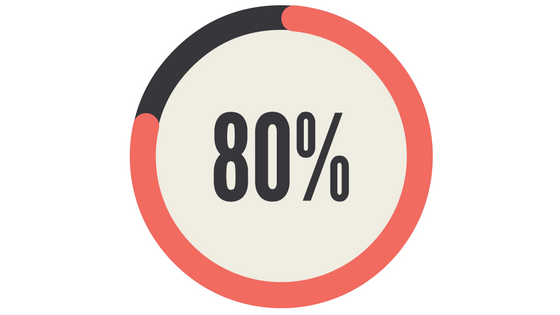

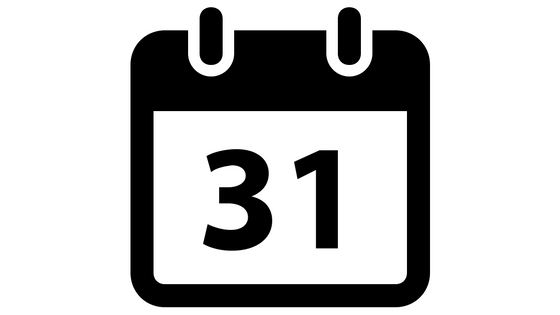
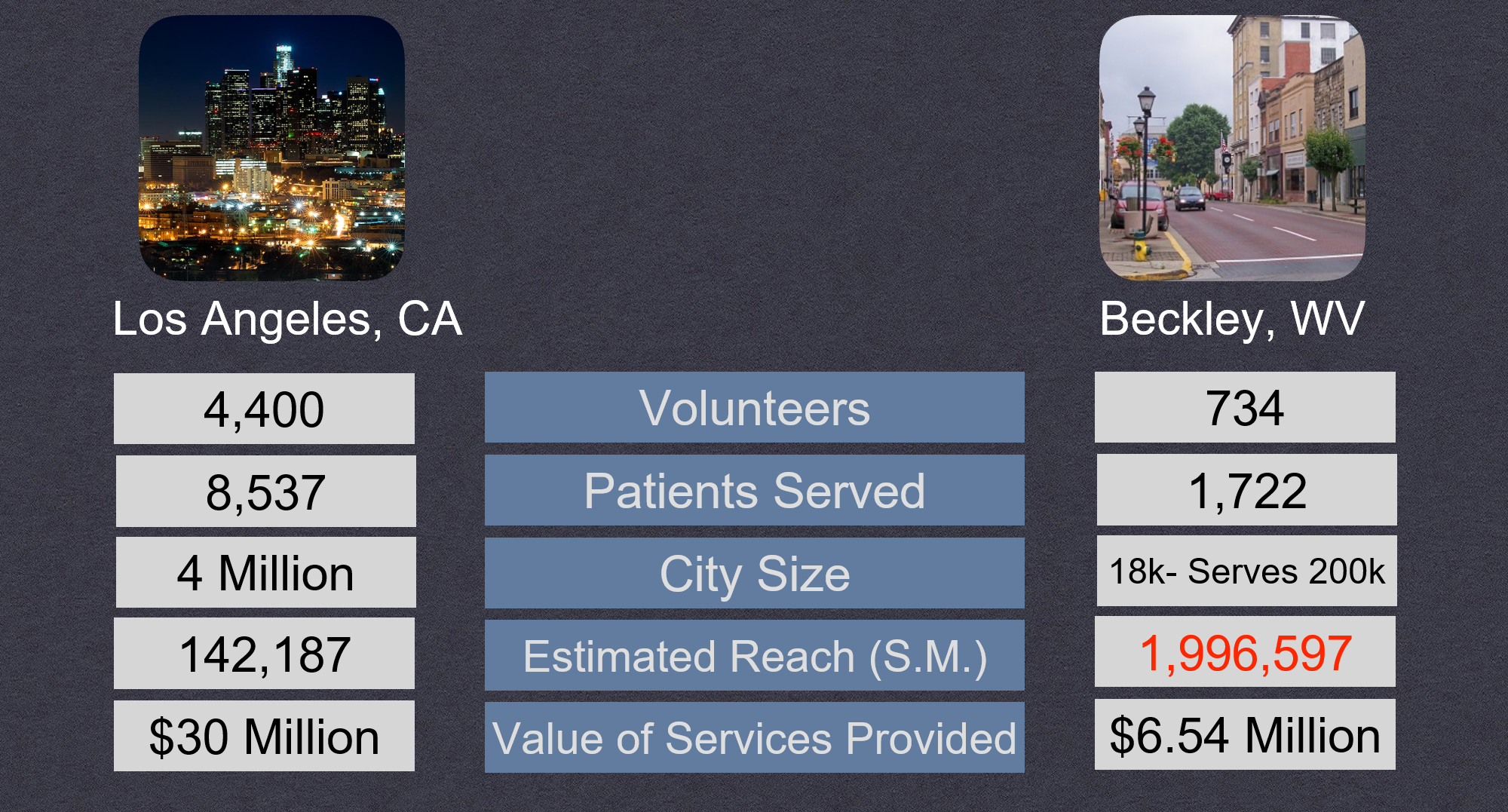
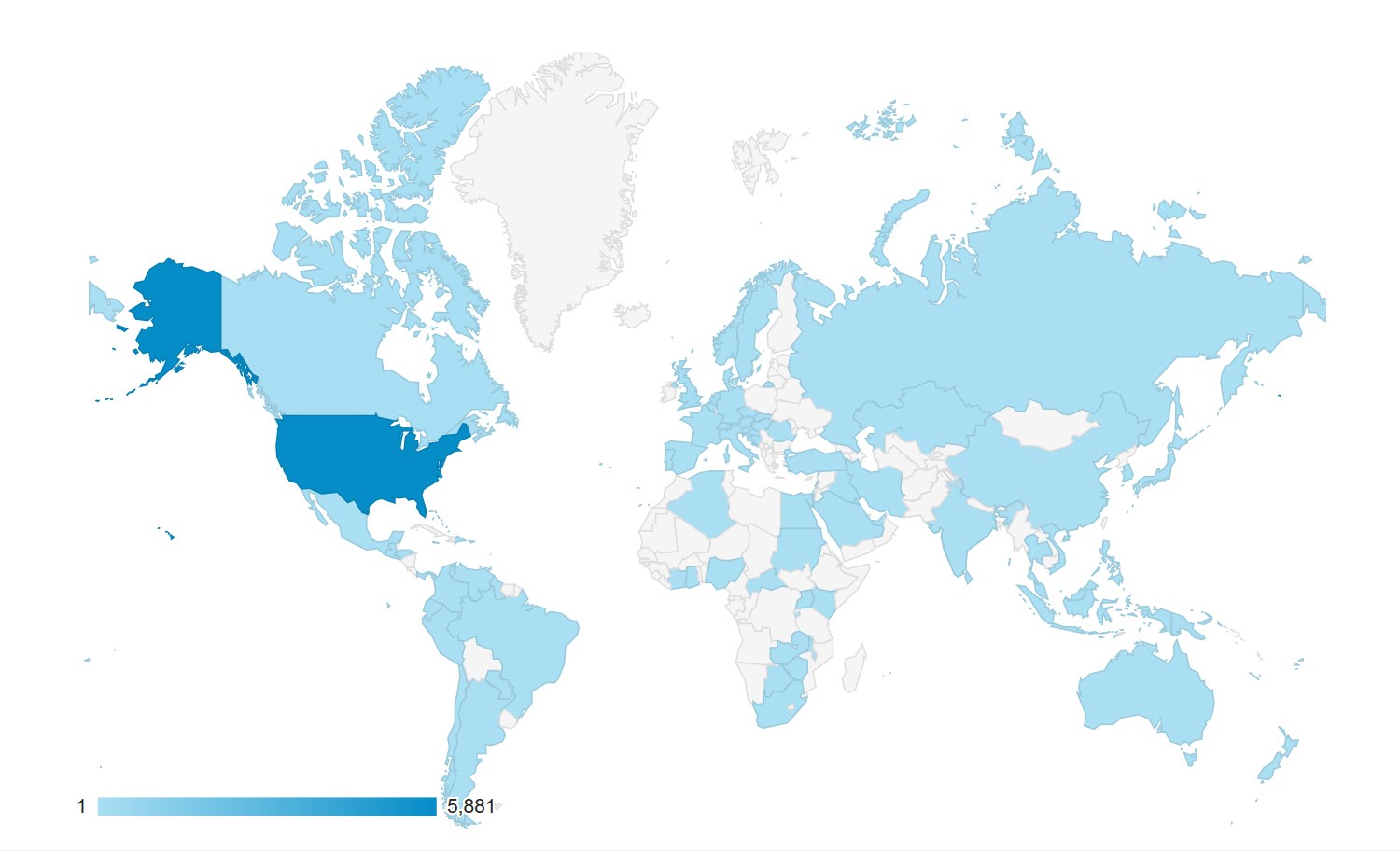
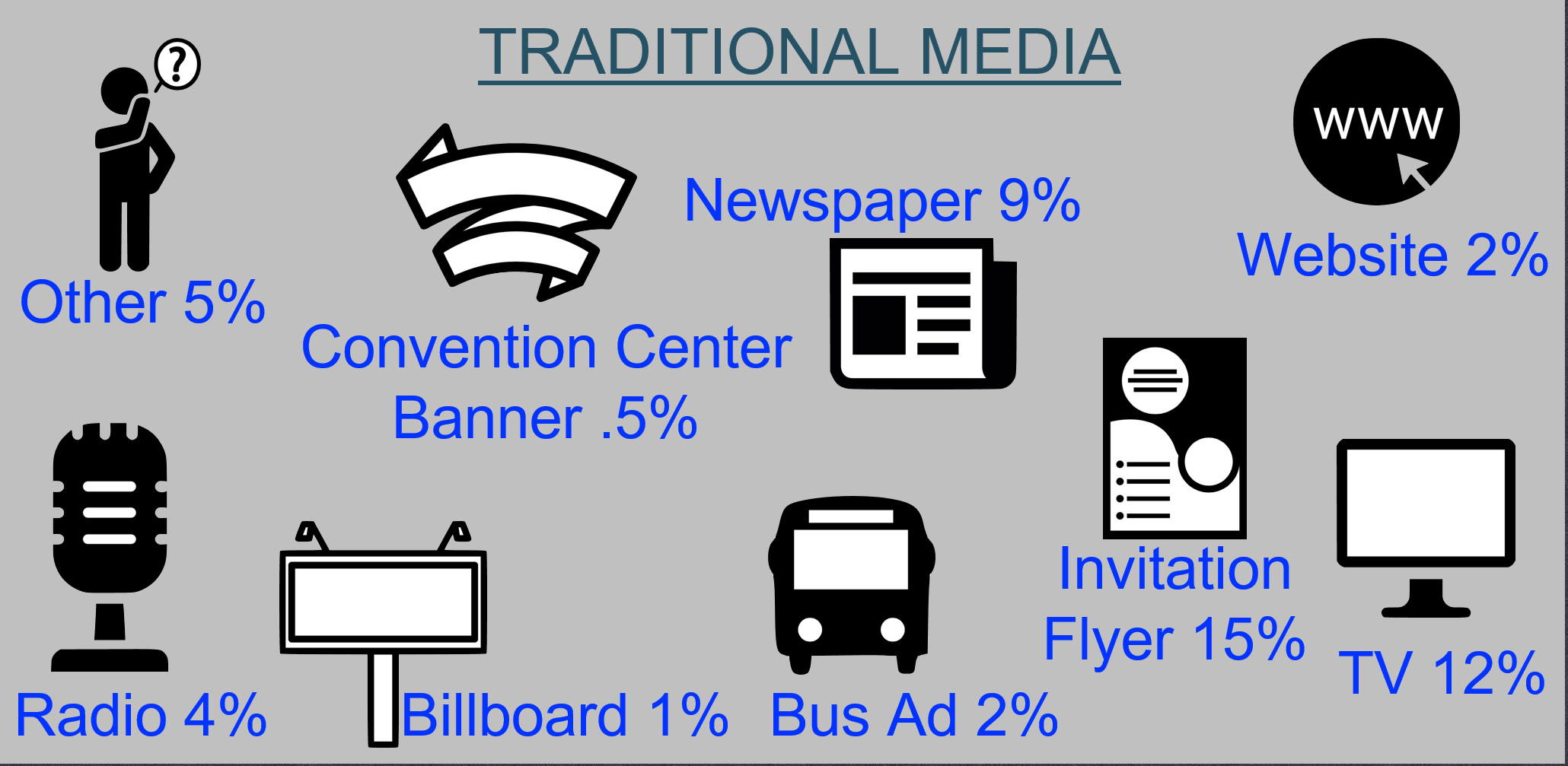
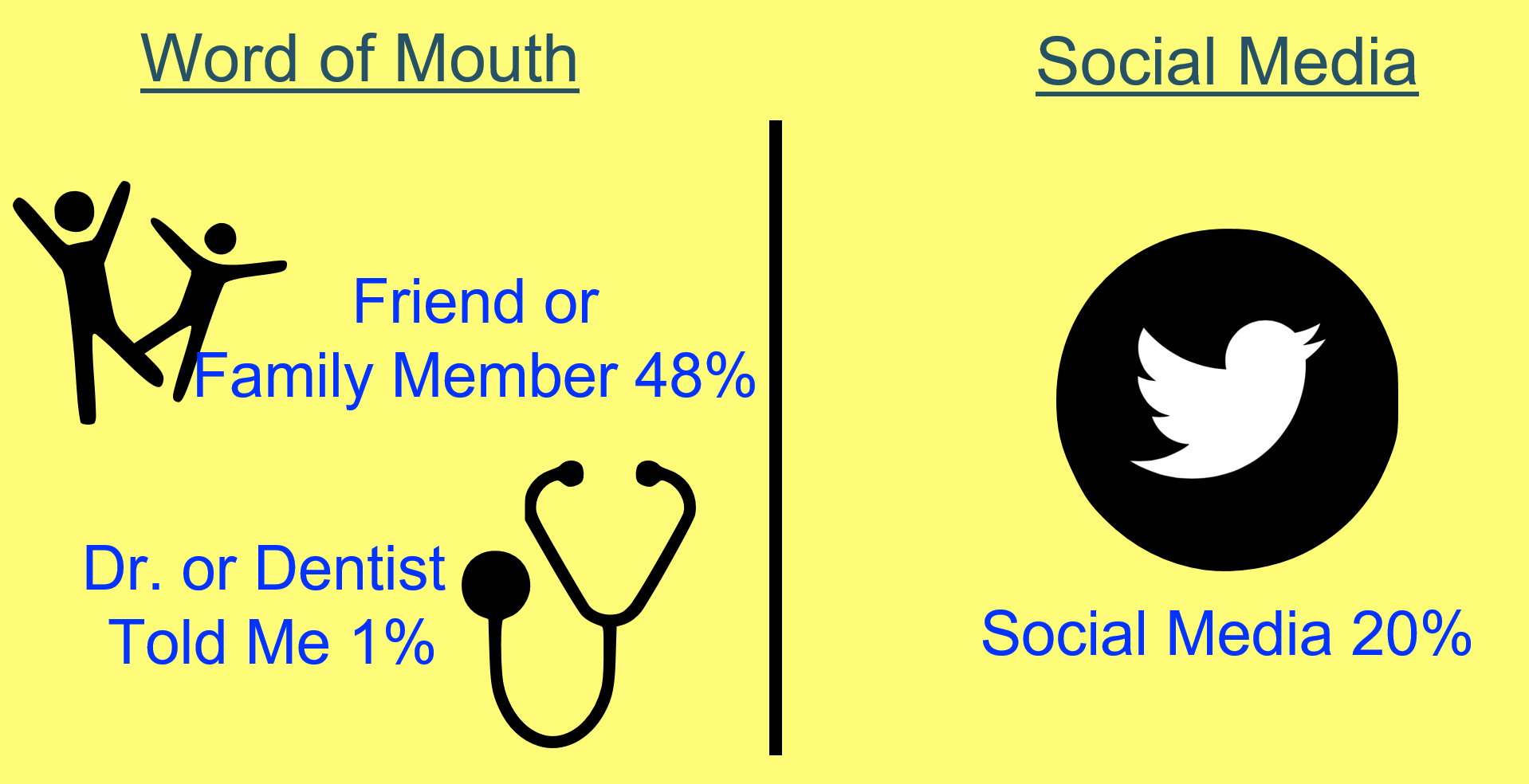
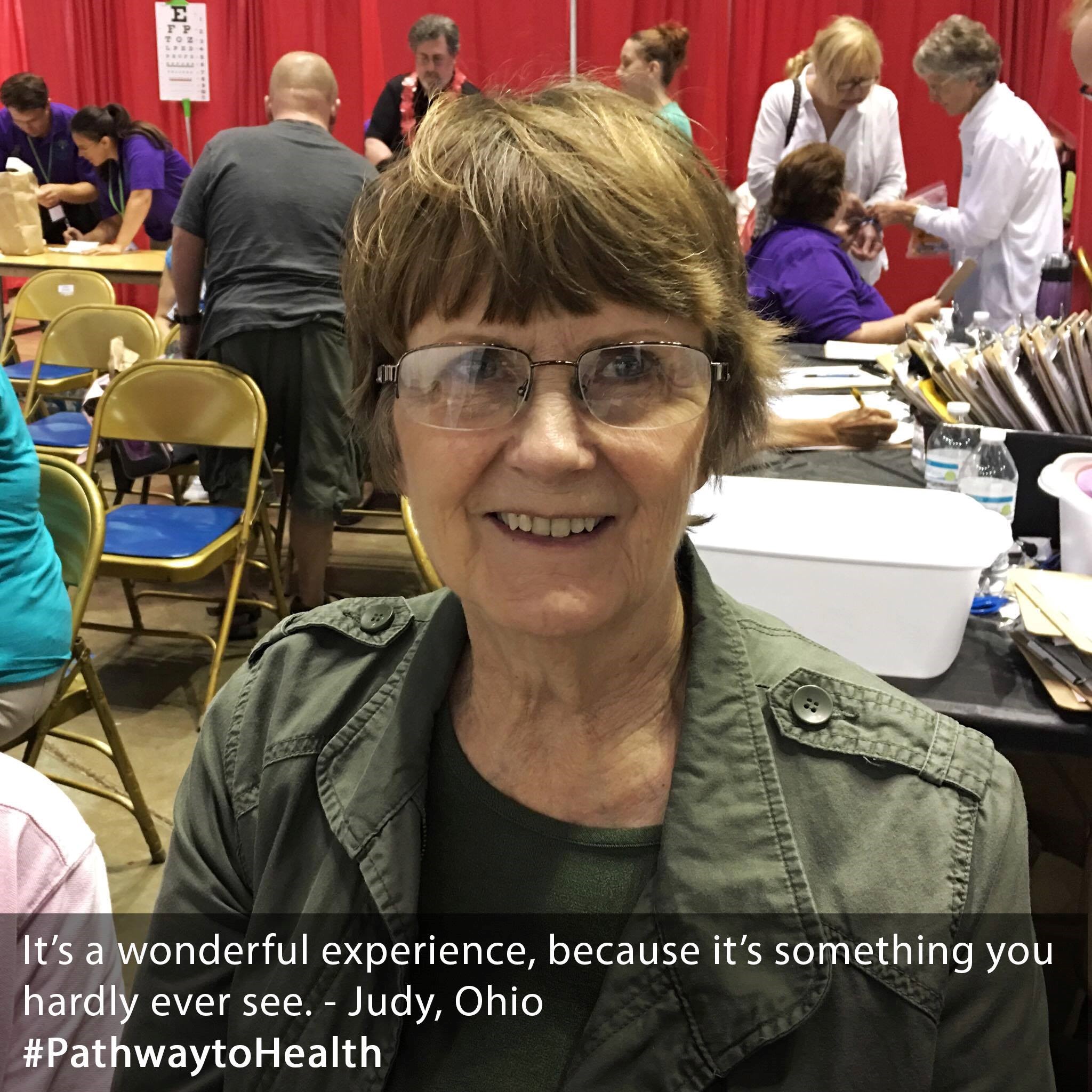

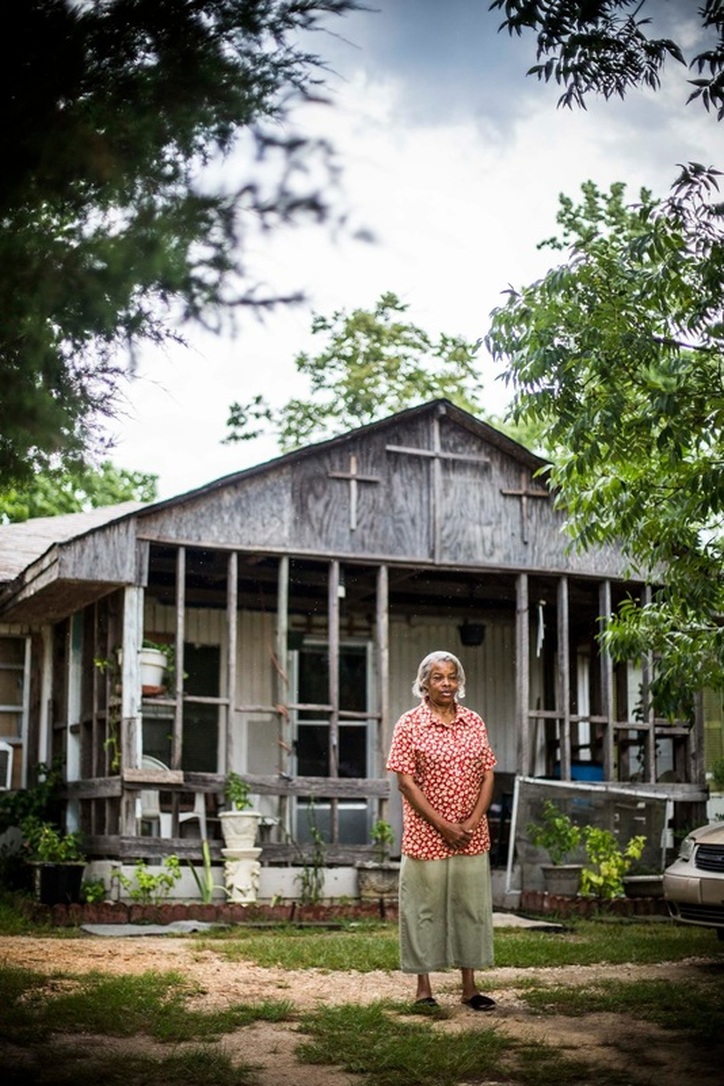
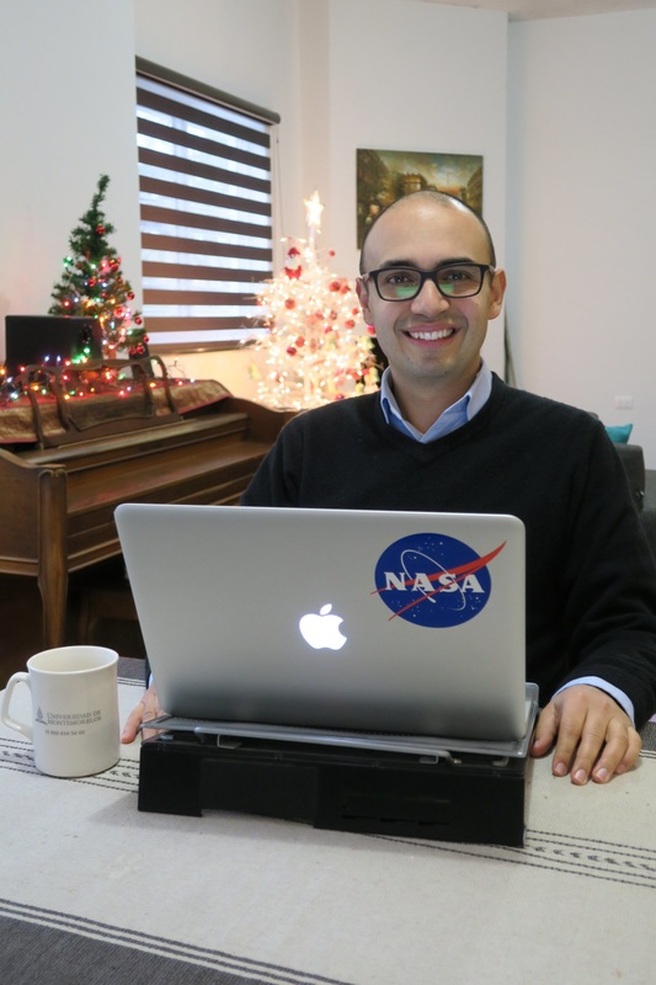

 RSS Feed
RSS Feed